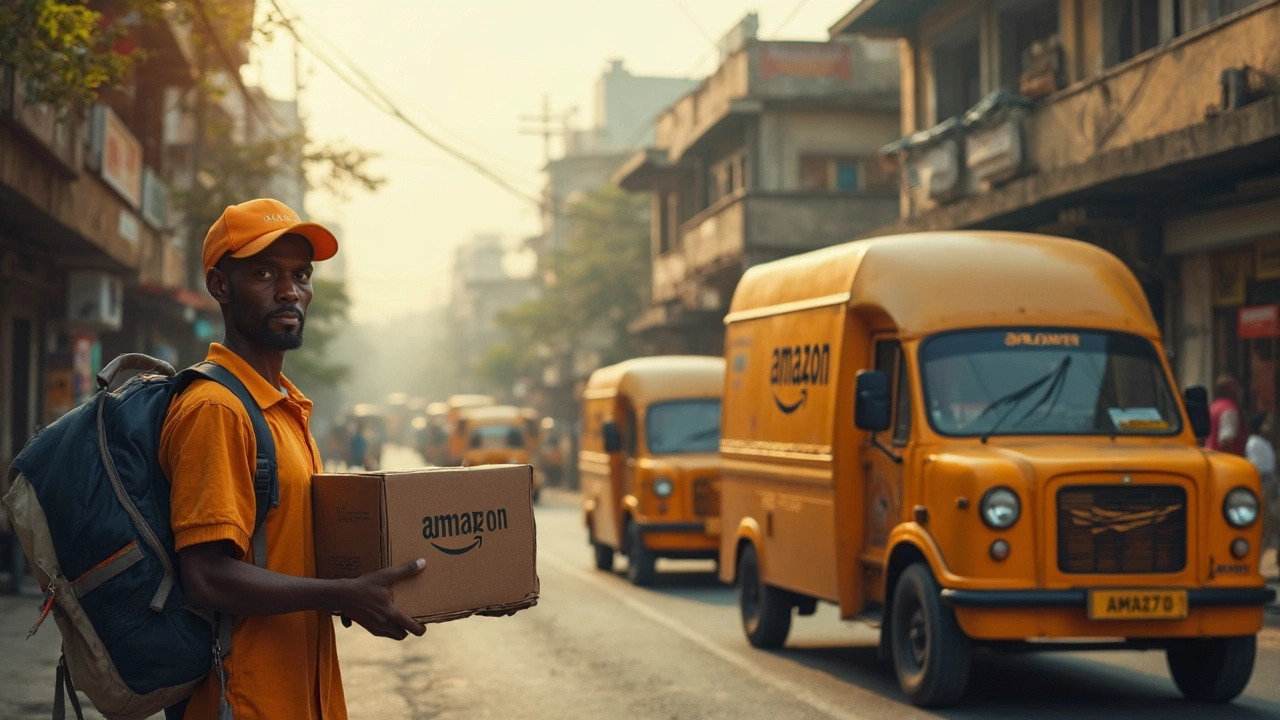Delivery Logistics: Simple Strategies to Streamline Your Shipments
When you think about getting a product from the warehouse to a customer’s door, the whole process is called delivery logistics. It’s not just about trucks and drivers – it’s about making every step work together so you spend less money and your customers get what they want, fast. In this guide we’ll break down why delivery logistics matters and share quick, everyday actions you can take right now.
Why Delivery Logistics Matters
Bad delivery logistics cost you in two big ways: money and reputation. A delayed parcel means a refund, a bad review, and a higher chance the buyer won’t come back. On the flip side, a smooth delivery can turn a one‑time shopper into a loyal fan. In today’s Indian market, customers expect same‑day or next‑day service, especially in metro areas. Meeting those expectations without blowing your budget means you need a solid plan for inventory placement, route optimization, and carrier selection.
Think of your supply chain as a relay race. If the first runner (your warehouse) hands off the baton late, the rest of the team can’t catch up. The same goes for the final runner – the last‑mile driver. Every link in the chain needs clear visibility, so you can spot a bottleneck before it turns into a missed deadline.
Quick Wins for Faster, Cheaper Delivery
1. Map Your Hotspots. Identify the regions where most of your orders go. If 60% of sales come from Delhi and Bangalore, consider a satellite warehouse or a fulfillment partner nearby. Shorter distances cut fuel costs and lower the chance of traffic delays.
2. Use Real‑Time Tracking. Modern GPS tools let you see exactly where a truck is at any moment. Share that live link with customers – it reduces “where is my package?” calls and builds trust.
3. Batch Small Orders. Instead of sending a separate van for every 2‑kg parcel, bundle several orders heading the same direction. This raises load factor, reduces per‑parcel cost, and often speeds up delivery because the driver makes fewer stops.
4. Choose the Right Carrier for the Job. Not every courier is built for heavy freight, and not every freight carrier can handle a 20‑kg parcel to a residential address. Match package size, weight, and urgency to a carrier’s strength. For example, use a dedicated courier for time‑sensitive electronics, and a bulk shipping service for non‑urgent inventory.
5. Automate Shipping Labels. Manual entry leads to errors and slows down the packing line. Integrate your order platform with a label‑printing API and watch the time to ship drop dramatically.
Implementing just a few of these steps can shave hours off delivery times and lower your cost per mile. Remember, the goal isn’t to overhaul everything overnight – start with the low‑hanging fruit and measure the impact before moving on.
Delivery logistics doesn’t have to be a mystery. By focusing on visibility, smart routing, and the right partner mix, you give your business a real edge in a market where speed matters as much as price. Ready to tighten up your supply chain? Pick one tip from above, try it this week, and watch the results speak for themselves.
What Is E‑commerce Delivery? Definition, Steps, Options, and Best Practices (2025 Guide)
Clear, plain-English guide to e‑commerce delivery: what it is, how it works, options, costs, KPIs, and practical steps to set it up right in 2025, with UK‑friendly examples.
Read MoreUnderstanding Amazon Last Mile Delivery: What You Need to Know
Amazon's last mile delivery is the final leg of the delivery process, taking packages from a distribution center to the customer's doorstep. This phase is crucial as it directly impacts customer satisfaction. The article explores how Amazon efficiently manages this process, the technology involved, and provides tips for consumers to optimize their delivery experience.
Read More
